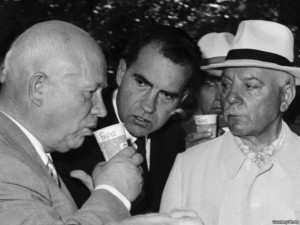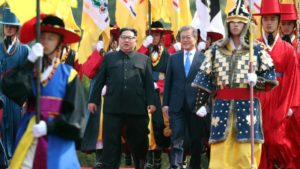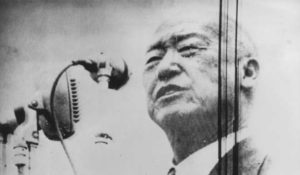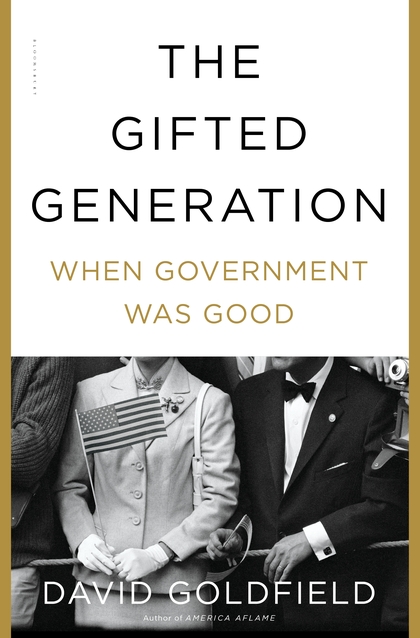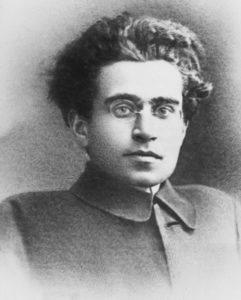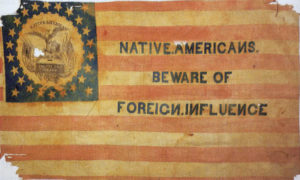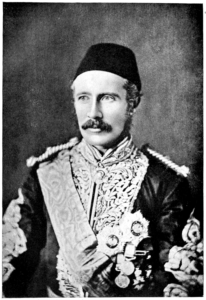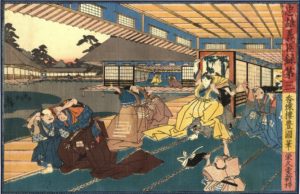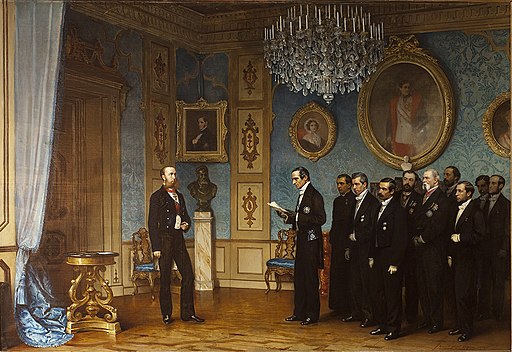Today’s show is a conversation with Michel Paradis, attorney and author of Last Mission to Tokyo. Early in WWII the U.S. launched the Doolittle Raids against Japan, attacking the Japanese mainland for the first time. Most of the raiders were able to land safely in allied China, but some were captured by the Japanese and put on trial for the attack. After the war, the Japanese officers who put the raiders on trial were, themselves, put on trial by the Americans. Last Mission to Tokyo tells the story of that trial, and plays out like a legal thriller or detective story, except the stakes are on the level of war crimes and international relations.
Podcast: Play in new window | Download
Subscribe: RSS
